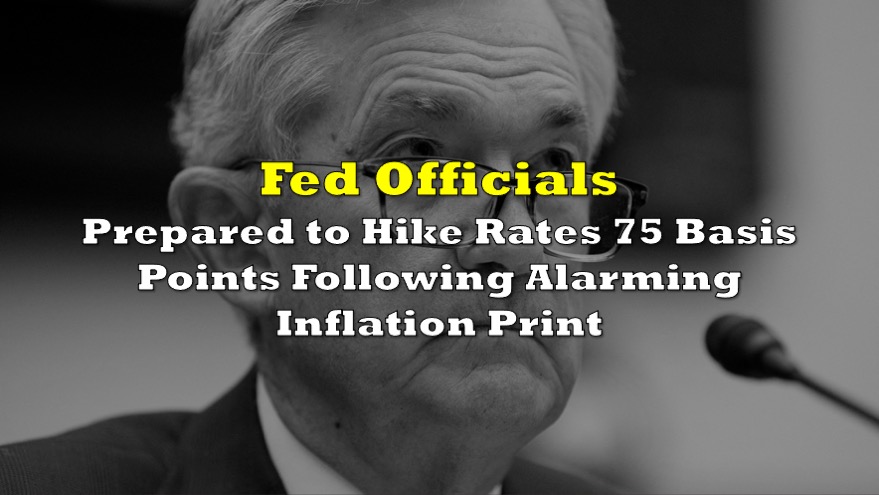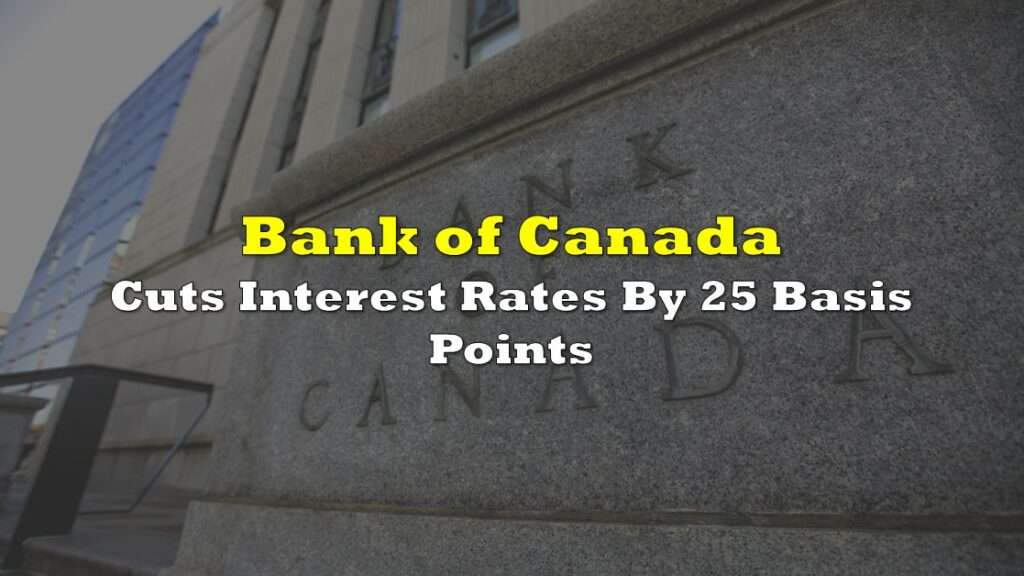Canada’s real GDP in the second quarter remained largely stagnant, showcasing the tangible impact of 475 basis points in interest-rate hikes. The most recent data from Statistics Canada implies that these incremental rate hikes by the central bank may have had a more pronounced dampening effect on the economy than initially estimated.
Speculations are rife: Canada might be amidst a technical recession if the third quarter also witnesses a contraction in output.
In the second quarter, Canada’s real gross domestic product (GDP) remained stagnant, a shift from the 0.6% increase witnessed in the prior quarter. This lull can be traced back to multiple factors: housing investments dropped, international exports and household expenditures diminished, and inventory buildup slowed down.

The housing sector, specifically, saw a 2.1% dip, marking its fifth consecutive quarterly decline. This downturn was prominently seen in new construction activities, which plunged by 8.2% across all regions aside from Nova Scotia. Amidst rising borrowing costs and waning mortgage demand due to the Bank of Canada’s monetary policy shifts, ownership transfer costs did show an uptick, indicating a resurgence in resale activities.
Another notable trend was the deceleration in inventory accumulations, which weighed heavily on GDP growth. Key sectors such as manufacturing and wholesale experienced significant lags in this accumulation, whereas retail— especially the automobile segment, displayed a surge.

Diving deeper into international trade, the country witnessed a 0.5% surge in imports of goods and services, slightly up from the 0.2% rise seen in the first quarter. This growth was driven by significant imports of unwrought gold, silver, platinum group metals and their alloys, alongside passenger cars, light trucks, and aircraft. On the other hand, exports saw a more modest growth at 0.1% in the second quarter, slowing down from the 2.5% increase in the first quarter. While there were increments in intermediate metal products and commercial services, these were counterbalanced by declines in exports, specifically crude oil, bitumen, wheat, and canola.
Furthermore, there was a rise in the GDP deflator by 0.7% amidst persistent consumer inflation. This was alongside a decline in the terms of trade, influenced mainly by a 3.4% drop in export goods’ prices.
Household spending also faced headwinds, slowing to just 0.1%. While there was a rise in expenditure on specific items like trucks and vans, sectors like new passenger cars and home furnishings reported declines. A noteworthy decline was observed in spending by Canadians abroad, offset by increased spending in sectors like air transport.

The household sector painted a mixed picture. While disposable income grew by 2.6%, driven primarily by employee compensation and non-farm self-employment income, there was also a noted increase in consumption expenditure. As a result, the household saving rate climbed to 5.1%. It’s important to note that this rate varies among income brackets, with higher-income households typically saving more.
Lastly, the corporate landscape remains challenged. Non-financial corporate incomes recorded a dip for the fourth successive quarter, a downturn that started in the third quarter of 2022 after peaking that year. Energy-related industries in particular, bore the brunt due to operational impacts and declining energy prices. On the other hand, though, financial corporations posted a 0.6% reduction in their operating surplus, continuing the contraction for the seventh consecutive quarter. This decline was a result of shrinking net interests earned by banks on their loans and deposits.
Governor Tiff Macklem, along with his team, has set forth projections indicating a moderation in economic growth. They anticipate this to hover around one per cent through the latter half of this year and continue till mid-2024. The potent combination of increased interest rates, subdued household spending, curtailed business investments, and tepid foreign demand is predicted to hamstring export growth.
Echoing these predictions, Friday’s report reinforced the narrative that the Canadian economy is transitioning into a milder phase. The imminent future may see a deceleration in consumption spending, especially during the latter half of the year. This will likely be catalyzed by weakened demand for rate-sensitive commodities and services, coupled with a rising number of households grappling with mortgage renewals at steeper rates.
Earlier in the year, the Canadian economy experienced a brief reprieve. Household spending demonstrated unexpected resilience, and there was a notable surge in exports. These twin factors rejuvenated economic activity and bolstered the labor market. This revival prompted the Bank of Canada to recalibrate its stance and implement rate hikes in June and July, escalating borrowing costs to a staggering 22-year peak of five per cent. At that juncture, policymakers perceived the monetary policy as inadequately stringent. They postulated that the sustained excess demand was perpetuating inherent price pressures.
However, the data from the second quarter casts a shadow on this previous assertion. The prevalent rates might have already reached an inflection point, sufficiently high to impose a drag on the economy. Consequently, this could curtail spending, especially amongst Canadian households burdened with significant debts.
Information for this story was found via Statistics Canada. The author has no securities or affiliations related to the organizations discussed. Not a recommendation to buy or sell. Always do additional research and consult a professional before purchasing a security. The author holds no licenses.









